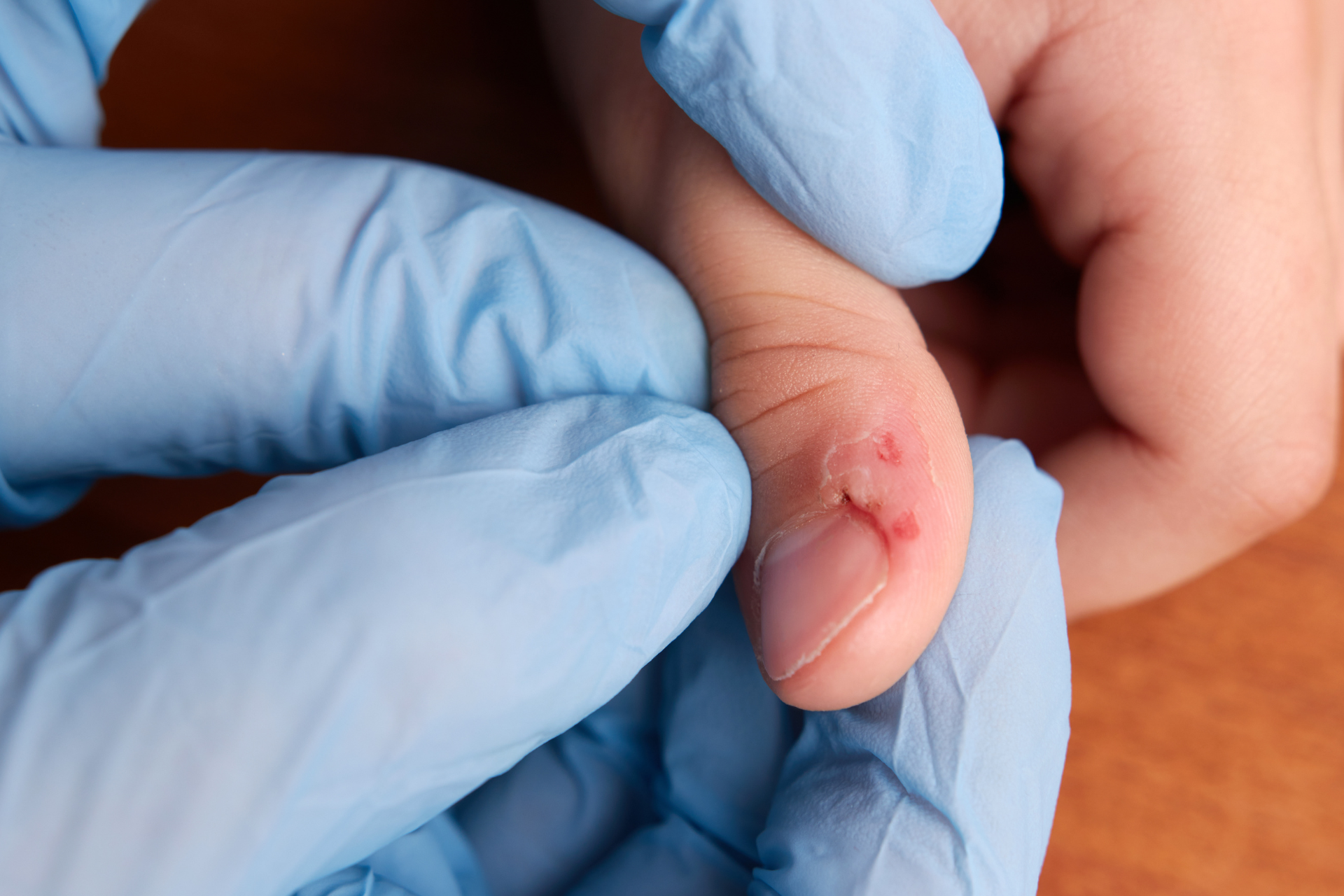First Aid Tips for Minor Injuries and When to Seek Professional Help

When it comes to minor injuries, knowing the right first aid techniques can make a world of difference in promoting quick healing and preventing complications. However, there are times when seeking professional help is necessary for ensuring proper care and recovery. At Fall Creek Skin and Health Clinic, we believe in empowering our patients with the knowledge they need to address minor injuries effectively while also recognizing when it's time to consult a healthcare provider. In this blog post, we will share essential first aid tips for common minor injuries and help you understand when it's best to seek professional help.
1. Cuts and Scrapes:
For minor cuts and scrapes, cleaning the wound with soap and water is the first step to prevent infection. Patting the area dry and applying an over-the-counter antibiotic ointment can promote healing. Cover the wound with a sterile bandage to protect it from dirt and bacteria. Be sure to change the dressing daily and keep an eye out for signs of infection such as redness, warmth, or pus. Seek medical attention if the wound is deep, won't stop bleeding, or shows signs of infection.
2. Burns:
For minor burns caused by heat or a scalding liquid, run cool water over the affected area for at least 10-20 minutes to soothe the pain and prevent further damage. Avoid using ice, butter, or toothpaste on burns as they can worsen the injury. Cover the burn with a sterile gauze or non-adhesive bandage to protect it. Seek medical help if the burn is large, appears infected, or is located on the face, hands, feet, or genitals.
3. Sprains and Strains:
When dealing with sprains and strains, the RICE method can be effective in reducing pain and swelling. Rest the injured limb, apply ice for 20 minutes every hour, compress the area with a bandage, and elevate the limb above heart level. Over-the-counter pain relievers can help manage discomfort. If the pain is severe, swelling persists, or you can't bear weight on the injured limb, seek medical attention for a proper diagnosis and treatment plan.
4. Insect Bites and Stings:
Insect bites and stings can cause redness, swelling, itching, and pain. Wash the affected area with soap and water, apply a cold compress to reduce swelling, and use an antihistamine cream or oral antihistamine to alleviate itching and discomfort. If you experience signs of a severe allergic reaction such as difficulty breathing, swelling of the face or throat, or dizziness, seek immediate medical help.
5. Foreign Object in the Eye:
If a foreign object enters your eye, avoid rubbing it as this can cause further damage. Flush the eye with clean water or saline solution to rinse out the object. If the object remains stuck or you experience pain, redness, or vision changes, seek prompt medical attention to prevent eye damage.
At Fall Creek Skin and Health Clinic, our team of experienced healthcare providers is dedicated to providing high-quality care for a wide range of skin-related problems, general practice issues, and minor injuries. If you have any concerns about a minor injury or need professional medical advice, don't hesitate to contact us for an appointment.
Remember, while first aid can help in addressing minor injuries, it's important to seek professional help whenever you're unsure of the severity of the injury or if symptoms persist or worsen. Your health and well-being are our top priorities at Fall Creek Skin and Health Clinic, where quality care meets affordability. Stay informed, stay safe, and don't hesitate to reach out to us for all your skin and general health needs.




